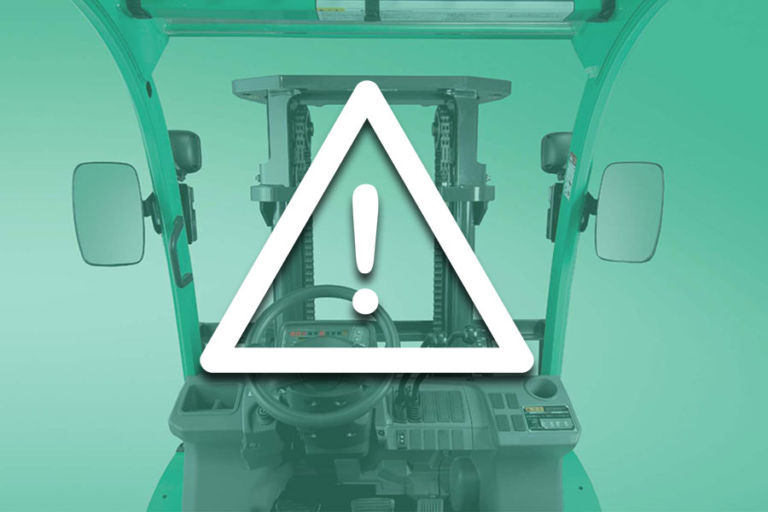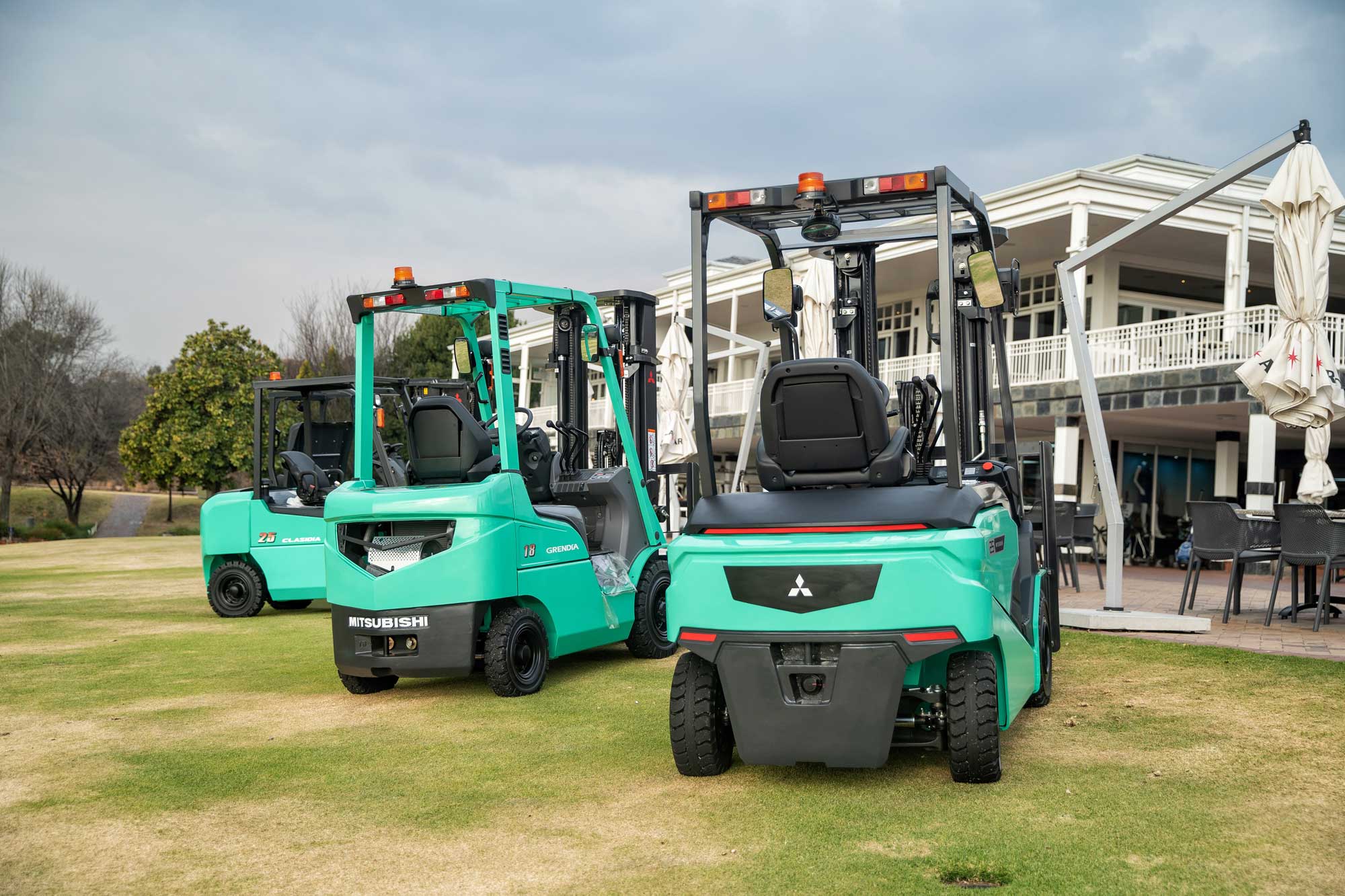Operating a forklift in a safe and proper manner requires training, experience, skill, and concentration. However, even experienced forklift drivers make silly errors that could easily be avoided. We created this list of the most common forklift-related mistakes that drivers make and how you can easily avoid them.
Forklift Safety Tip: If you suspect that your forklift is not operating in optimal working condition then it may lead to serious accidents. Always repair or service your forklift when an issue arises to avoid those smaller issues from turning into serious issues.
We know some of the points may seem like common sense but you would be surprised how some of the biggest forklift accidents could have been avoided if the drivers remembered these basics.
Failing to Check the Tyres
Tyre condition is one of the most important yet overlooked aspects of forklift safety. Ensuring that the tyres are in good condition can have an impact on the forklift, the driver, and most importantly safety.
Tip: Always perform a daily check of all the tyres and ensure they are in good working condition.
Speeding
Speeding is one of the main contributors to reckless forklift driving. Even just slight over-speeding can put a driver at a much higher risk of being in an accident compared to a driver who religiously obeys the speed limits. Speeding is more of an issue with new forklift drivers who find it more exciting to push the forklift to its limits than to drive at a slower pace. It is tempting to drive a little faster so that you can be more productive but remember that an accident will cause much more downtime.
Tip: Always remember to follow the speed limits that have been given to you. There will always be another job after the current one is completed. So think long-term and drive the forklift at the recommended speed limit.
Failure to check the battery level
Checking the battery is super easy to do and can save you from problems arising at the worst times possible. Checking the battery should also be part of your daily forklift check routine.
Tip: Simply check the battery cells’ electrolyte levels. Ensure that the cables are not worn or damaged and check for any loose connections.
Checking and fixing any brake issues
Ensuring that brakes are in 100% working condition at all times is crucial to avoiding accidents. Even if you think that the brakes are just slightly worn you need to rather have them tested and changed if necessary. Changing brakes is a small quick job that should be a priority before even the smallest of jobs. You should check the brake pedal, parking brake, and brake fluid level on a daily basis.
Tip: If you notice that you need to push down harder to get the same stopping power as before then it’s a good sign that the brake pads need to be checked and possibly replaced.
Failure to use indicators
Failing to indicate is an easy mistake that is completely avoidable. Always ensure that you use the forklift indicators to indicate which direction you intend to turn in. This is essential to warn other people in your vicinity and allow them to prepare accordingly.
Tip: If your indicators are faulty get them fixed. If you can’t get them fixed at a time when you have to use the forklift then ensure that you use your hands to signal your turning direction.
Failure to remember the forklift’s maximum capacity
Attempting to lift and transport loads that exceed the maximum capacity which a forklift was built for is almost a sure way to bring about accidents. Environments, where drivers are required to operate several different types of forklifts, are especially prone to making this mistake. Always ensure that you know what the capacity of your forklift is and what the weight of your load is.
Tip: Load length is important as this will de-rate the forklift.
Eg: If your load weighs 2 Tons and the load length is 1m, then a 2.5 Ton forklift will be sufficient. However, if your load weighs 2 Tons but your load length is 2m then a 3.5 Ton forklift will be required.
Trying to navigate through tight spaces without checking
As with speeding, sometimes drivers try to navigate through tight spaces before checking to save time. This is however one of the easiest ways to get into an accident. You can easily clip the side of the warehousing racks and bring the whole structure down onto you. Sometimes you know the size of the forklift but the load you are carrying sticks out slightly. Always know the size of the working area, the forklift and your turning circle.
Tip: If you are even 1% uncertain about whether or not you will safely navigate through a certain area then switch off the forklift and get out to measure. Use a smaller forklift if necessary.
Carrying unusually shaped loads
If you carry a load that isn’t perfectly symmetrical you may be at risk of causing an accident if you don’t follow the necessary precautions. Some loads are top heavy, some are prine to moving about. Regardless of the load you are carrying, always make sure you have thought about how the load will react to movements in different directions.
Tip: If you are unsure about a load rather ask for a second opinion.
Travelling with the forks raised
When working at heights you may be tempted to keep the forks raised to enable yourself to complete a job quicker. Traveling with forks raised is a problem due to de-ration which means the forklift can lift less weight the higher the forks are raised. It will also fall over much easier if you break with a load in the air.
Tip: Always ensure to check the forklift manual for the correct way to position the forks while driving. It may vary from model to model.
Slipping while getting into or out of a forklift
Some accidents happen when the forklift is switched off. Always ensure that you are stable and have support when entering and exiting a forklift.
Tip: Check the soles of your shoes for any grease or other things which may impact your traction. Also, use both hands to support yourself as you climb into and out of a forklift.










